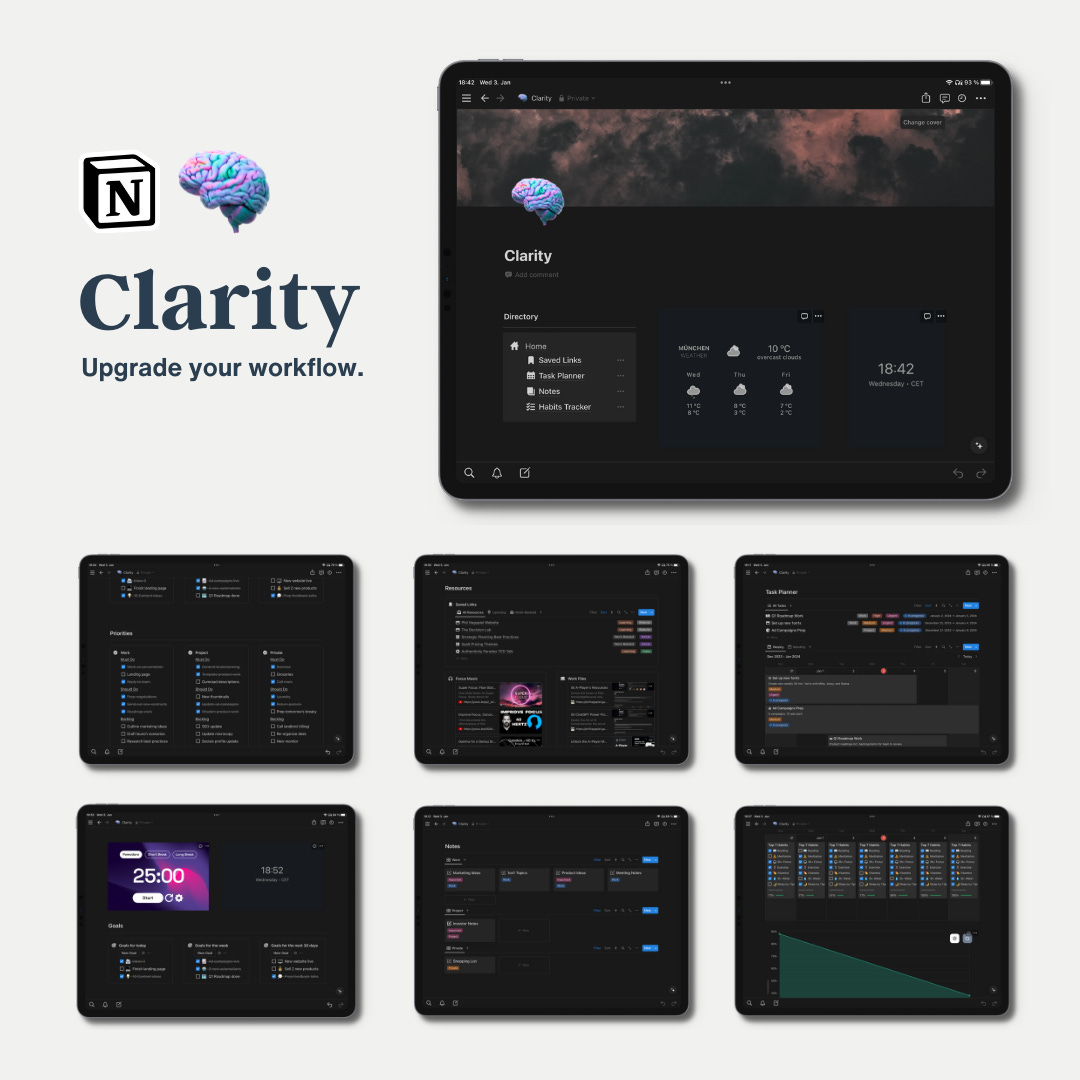Survivorship Bias
Behind Every Success: The Untold Stories of Failure
We’re constantly bombarded with success stories.
We celebrate tech moguls, viral musicians, and blockbuster startups.
Winning content creators, superstar athletes, solopreneuers who “made it.”
But what about the failures we never hear about?
Survivorship Bias distorts reality, spotlighting winners while obscuring the countless others who didn’t make it.
This bias isn't just about people. It applies to products, strategies, and ideas too.
This bias isn’t limited to people. It extends to products, strategies, and even entire industries. Consider those “sure-fire” investment strategies that only showcase successful companies. What about the ones that failed? They remain hidden, not taken into account.
The term “Survivorship Bias” itself originates from a World War II analysis mistake. Engineers wanted to reinforce areas of returning planes that showed the most damage. It seemed logical, except they were only seeing the survivors. Planes that didn’t return were likely hit in different, more critical areas.
Survivorship bias tricks us in sneaky ways:
It paints an overly rosy picture of success rates.
It leads to flawed decision-making based on incomplete data.
It creates unrealistic expectations about what it takes to succeed.
So, how do we fight this bias?
Actively seek out failure stories. They're often more instructive than success tales.
Question the data. Are you seeing the full picture or just the highlight reel?
Remember: absence of evidence isn't evidence of absence. Just because you don't see the failures doesn't mean they don't exist.
Next time a success story inspires you, pause and ask: What about the ones who didn't make it?
The real lessons often lie not in what worked, but in what didn’t.
🤍 Something cool I recently built:
It’s a Notion Second Brain template.
It contains the best of:
📝 Note Taking
🎯 Goal Setting
✅ Habit Tracking
✨ Daily Reflection
⏳ Focus Time Blocking
⚡️ Structured Prioritization
📂 Resources Management
You can have it for free. Seriously.



